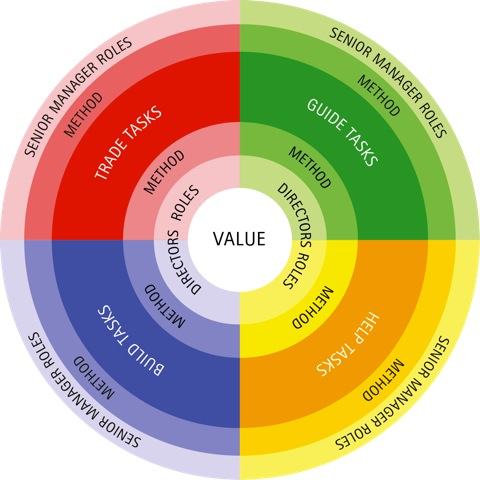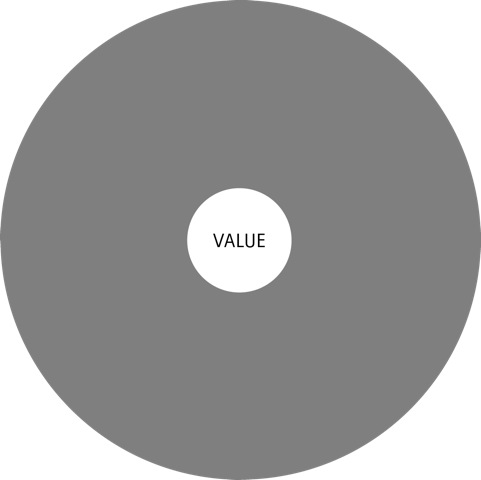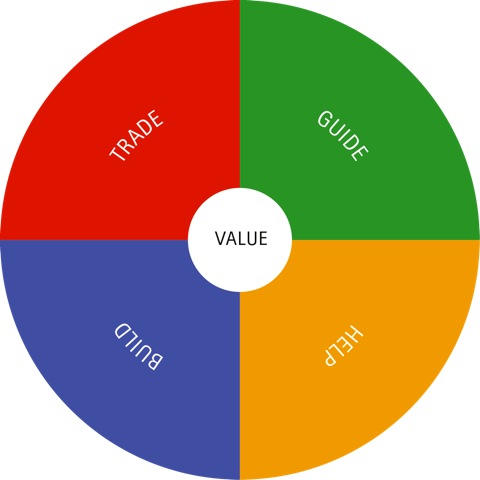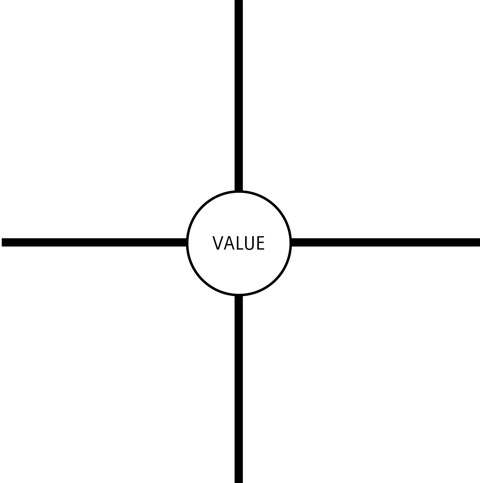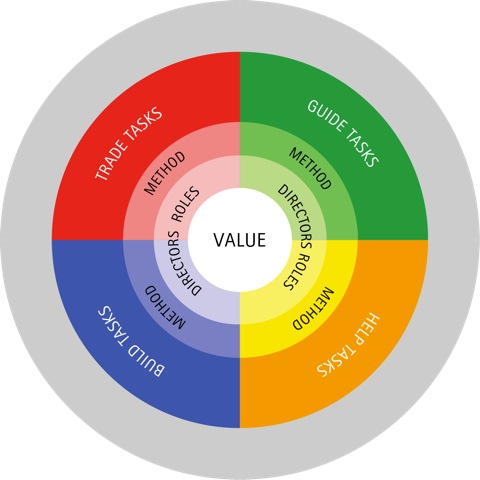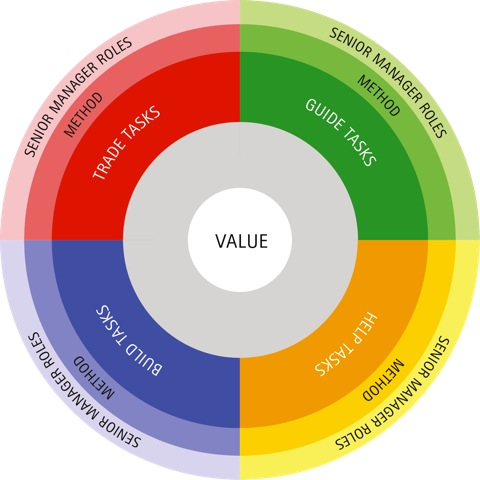Look Beyond the Forest: A Model of Boardroom Leadership
"Can't see the trees for the forest!"
When leaders lose sight of the bigger picture and get stuck in the detail, organizations can suffer from being over managed and under led.
But organizations also suffer from being over governed and under directed.
"Can't see beyond the forest from behind the trees!"
It might be a new idiom, but it's an old story played out in boardrooms throughout the world. Company directors can find themselves trapped probing behind trees searching out potential threats and weakness.
The challenge is that developing strategy and tomorrow's leaders requires the board to get above the organization's canopy to focus on what lies beyond the current quarter. These tasks call for board leadership or , what I call, "directorship".
To give an organization the best chance of success, firms need the right combination of leading focused on the forest, managing focused on the trees, governing focused on what hiding behind the trees and directing focused on what lies beyond the forest:
For decades, directorship has been practiced in the shadows of the other management disciplines. Books and blogs describe leading, managing and governing, but few capture what it means to lead from the boardroom.
Directorship is leadership in and from the boardroom. Focused on enduring value creaion, directorship describes what boards do to create strong, resilient and enduring organizations.
This short paper is about framing the model of board leadership I'm working on. First, I start by describing what my model isn't. Then, what it is. Finally, I describe where the model fits into the bigger organizational picture.
What the Directorship Model Isn't
Mine is not a model of corporate governance.
Governance models are designed to solve the "separation of ownership" problem that has confounded academics and management gurus for nearly a century.
Governance is a hands off approach to protecting firm value through a variety of best practice measures - composition, structure and process.
My model of directorship doesn't address the problems you might typically associate with the board of directors - corporate control, oversight of management, monitoring for risk and regulatory compliance. All important. Just not directorship.
Read Governing and Directing: Are They Different and see if you agree that there is a fundamental difference between the boards governance and leadership roles.
More importantly, my model won't explain:
How to maximize shareholder value
How to help directors think like owners
Why directors should be independent
Why activist investors know best
Why? Because unless your in the business of shareholding, none of these policies have been proven to create strong, resilient and enduring corporations.
What the Directorship Model Is
Mine is a model of leadership in and from the boardroom.
I set out to design a system of directing that puts value creation in the center of the board's purpose and is based on the belief that the overriding purpose of directing is to create a strong, resilient and enduring organization.
Directorship is a hands off approach to value creation that compliments c-suite leadership.
My model of directorship is designed to help directors solve the problem of how they play a role in ensuring their firm's success.
The Directorship Model helps explain:
The boards overriding purpose
What value is and why it it's important
How boards create value
How to prioritize stakeholders
When to act, what to do and how to behave to create the greatest value
Why boards and management teams break down
To be clear, leadership in the boardroom doesn't mean crossing the line between the executive and the board. It means the executive and the board deliberately and systematically working together to create the greatest possible value for the firm they both lead but in different ways.
Where LEADERSHIP MECHANICS Fits In
To help directors look beyond the forest, I'm developing a model or framework for directing. I call it "leadership mechanics".
Within this one page diagram are the key elements of value creation in the boardroom and their algorithmic relationship.
Leadership mechanics is a system of directorship (not governance). It's not a check list, a catalogue of heuristics or a calendar of board activities. It's a coherent and logical model that connects directors to their role as value creators and ultimately ensures stronger, more resilient and enduring organizations.
More importantly, just like leading doesn't make managing any less important, directing is not intended to make governing any less important. Yes, both are in tension, but done right that tension ensures value is created and protected in equal measure.
The purpose of DLMA Matrix and leadership mechanics is to help directors get the balance right more of the time.
Below is an introduction to the current version of leadership mechanics. Like all good "software" it's continually being worked on with updates described in the Ideas section and a new release scheduled for the first half of 2015.
For more on the model and to see how it's evolving read the Mechanics of Boardroom Performance.
Re-edited December 27 2014.





